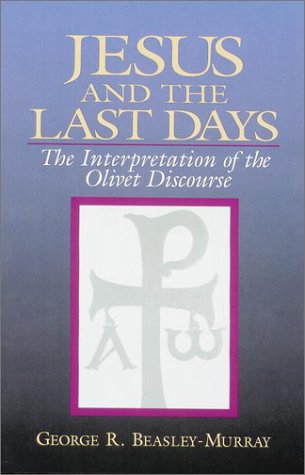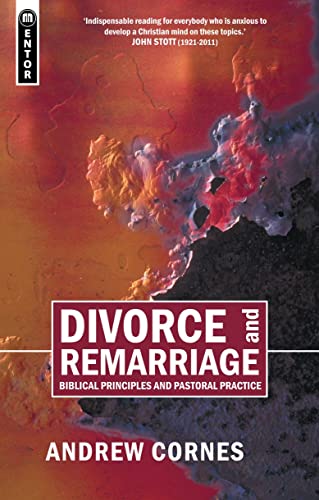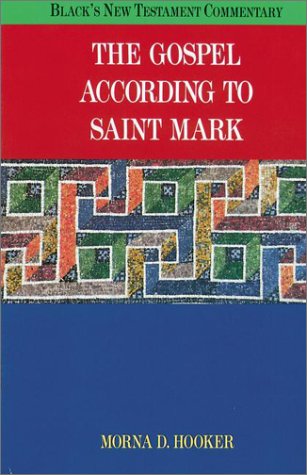Speaking of Speaking: Marking Direct Discourse in the Hebrew Bible (VT Sup. 46)
Written by Samuel A. Meier Reviewed By Randall J. ButhSamuel Meier asks some questions about reported speech in the Hebrew Bible which open doors to further research in biblical grammar and literary technique. By design, this will serve as a reference work (p. vii). The main concern is to determine normative patterns for the lexical items used to introduce speech.
Unsurprisingly, the distinction between poetry and narrative turns out to be significant. Meier shows that at times poetry seems purposely to use the ambiguity of unintroduced direct speech (pp. 32–37). He also presents a convincing case that biblical narrative never uses unintroduced direct speech. The counter examples are all textually suspect (p. 32).
One important observation is that when לאמר (‘saying’) is used it immediately precedes direct speech (DD) without any intervening material (pp. 135–137).
A more functional question is: ‘Since לאמר does not always appear before DD, is it possible to discern what determines its presence?’ (p. 97). One of the most important contributions of the book is the partial answer that ‘randomness is precisely what one does not find’ (p. 99). His fuller attempt at an answer, though, is flawed by a restricted linguistic framework. Markedness theory, relevance theory and pragmatics would help him break out more completely from a philological mould. Meier tries to use lists in order to establish syntactic or lexical constraints for verbs, with a statistical preference for לאמר. He settles for a lexical-historical answer: לאמר started out as a purpose clause and is more frequent with verbs that at one time needed to show that the actions involved speech (pp. 131, 139). His profile statistics (pp. 132–133) really prove that some other factors beyond a lexical, historical or semantic constraint are operative. (On the question of לאמר, the 1992 University of Chicago dissertation by Cynthia Miller goes further because of a more ‘pragmatic’ (in linguistic terminology) approach.)
Meier argues that אמר, דכּר and ענה were originally three undifferentiated verbs that marked direct speech and came from three different literary communities. His position is well documented and illustrates the importance of considering the diachronic dimension and multi-dialectical background of the final biblical texts.
Another commendable feature of his work is that many variants in the textual tradition of a particular passage are listed and often discussed. However, it seems to the reviewer that Meier is too ready to dismiss minority patterns of usage because some Greek text, somewhere, does not follow expected translation practice.
Meier uses this approach where direct discourse is introduced and then a second introduction breaks up the speech without a change in speaker (cf., e.g., Ruth 2:20 and 3:14–15). He concludes, “The repetition of DD markers within a single speech was a marginally legitimate feature of Hebrew narrative, but that many occurrences mask the activity of redactors’ (p. 80). More helpful would be to establish the text on normal text-critical grounds and to approach the resulting phenomena from a relevance theory perspective (Sperber and Wilson). Extraordinary marking means that the author wants the audience to do extra processing. The reader should look for significance even if obligatory rules cannot be established.
The chapters on the prophets (pp. 207–272) and divine speech (pp. 273–322) are suggestive in pointing out the frequent ambiguity or imprecision in signalling who is speaking. In addition, Meier is able to show distinctions between earlier and later practices.
A major area that is avoided in this work is the variation in marking of speakers and addressees before direct speech. Meier mentions work by Longacre on this question (p. 16) and rightly points out the problematic textual base for names and nouns versus pronouns or absence. But he declines to take up the significant issue.
The typesetting is crowded, readable, but a little less than state-of-the-art. A helpful table of contents is complemented by a 25-page index of Scripture citations. The price adequately communicates that the book is for research libraries.
Meier has done his homework. The book opens up a systematic discussion of speech frames and lays a foundation demanding philological rigour. Both grammarians and students of rhetoric will profit from the book.
Randall J. Buth
United Bible Societies, Nairobi







